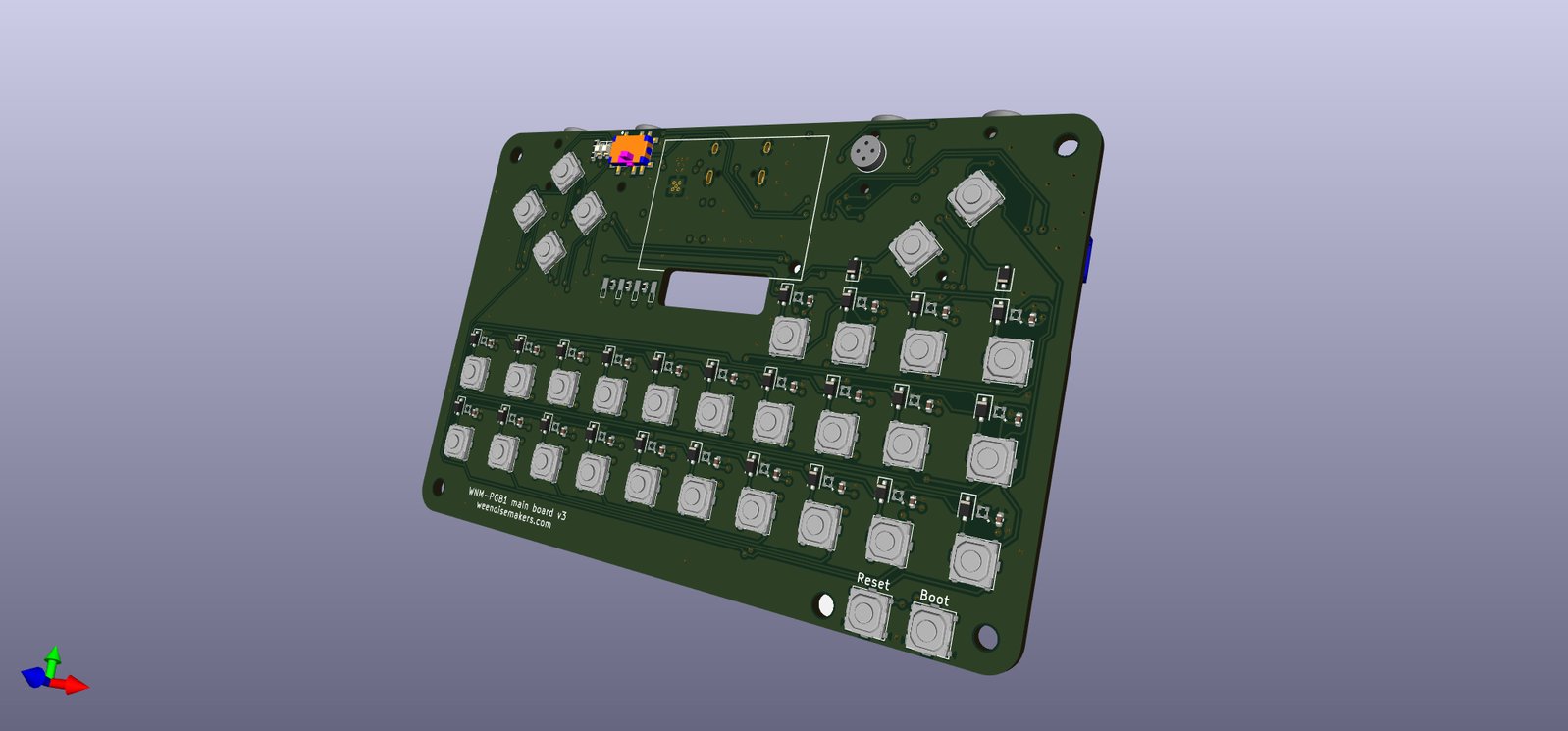PGB-1 is a pocket-size portable instrument, the choice of battery is one of the key elements of the design.
For the battery, our requirements are:
-
Rechargeable: Either recharged with an external device (e.g. NiMH) or by the PGB-1 itself.
-
Easy to source: It should be easy to buy a replacement battery from a third party, even years from now.
-
Slim: We want to keep the PGB-1 as small as possible and the battery is going to be the biggest component of the device.
There are three main options to consider:
- NiMH Standard cylindrical batteries (AA, AAA, etc.)
- LiPo
- Li-ion
Standard NiMH Cylindrical Batteries
Pros:
- Available everywhere, including cheap chargers
- Will be available for decades
Cons:
-
Relatively big. AA and AAA batteries would not allow us to reach the compact size we are looking for. There is a AAAA size that would be slim enough, but it’s not commonly available.
-
Cannot be recharged in the device
LiPo
Pros:
- Rechargeable directly in the device
- Higher energy density
Cons:
- Lower life cycles
- No standard format, therefore no guarantee of long term availability
Li-ion
Pros:
- Rechargeable directly in the device
- Safer than LiPo
- Many “standard” format to choose from (dumb phone replacement)
Cons:
- Lower energy density
Based on this comparison we decided to go for a li-ion battery, it’s the best choice with respect to our requirements.
Now there’s still the question of which li-ion battery to pick. We have a limit of 6mm thickness and about 49x35mm surface area available, the goal is to find the biggest battery that fits this space. We also have to consider certification, selling and shipping a product with an integrated battery requires some documentation.
In the end we had two options in our short list:
- “MK11-3023-like” from PS3 wireless keypad
- “AB043446BE-like” from Samsung phones
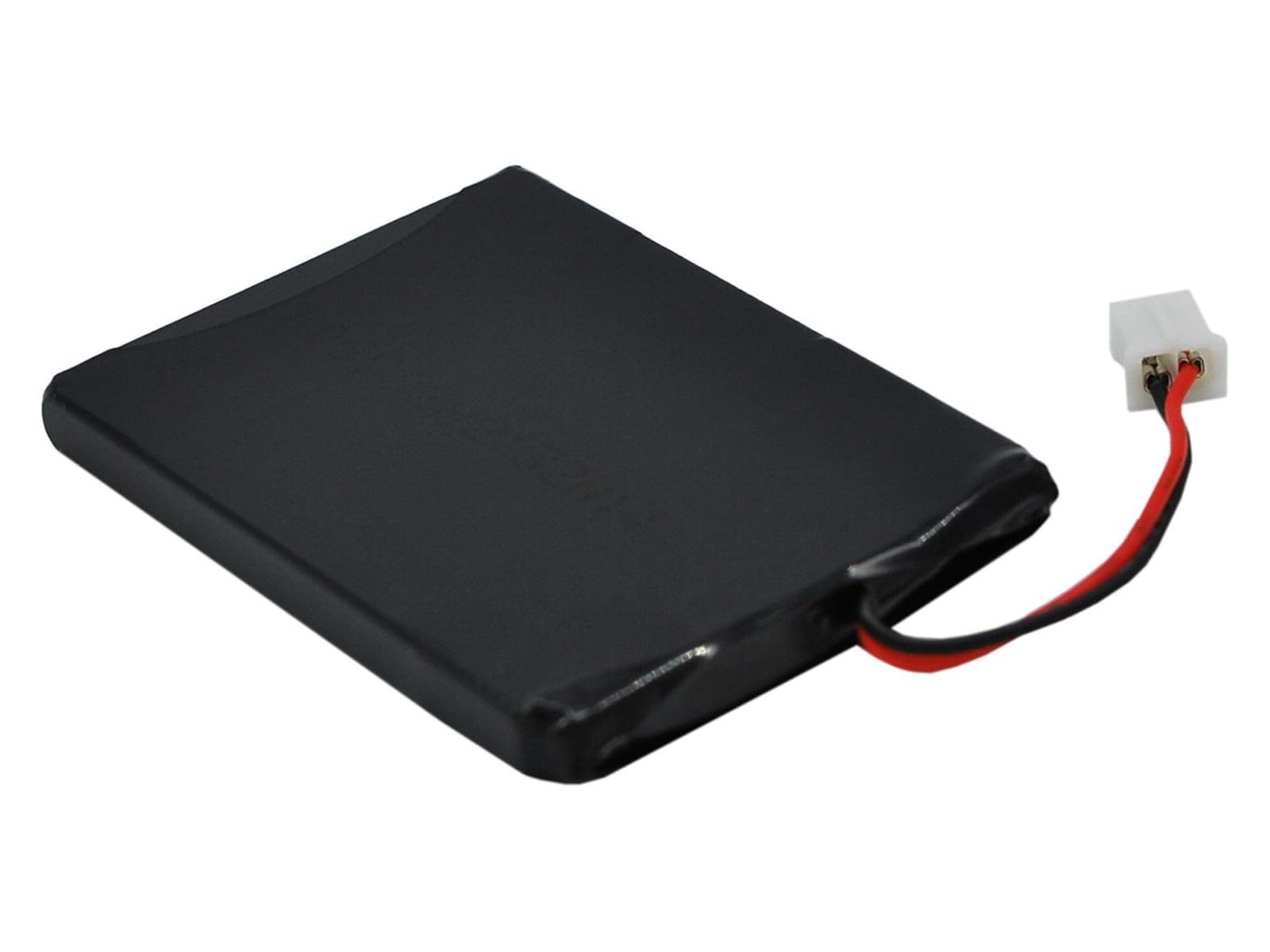
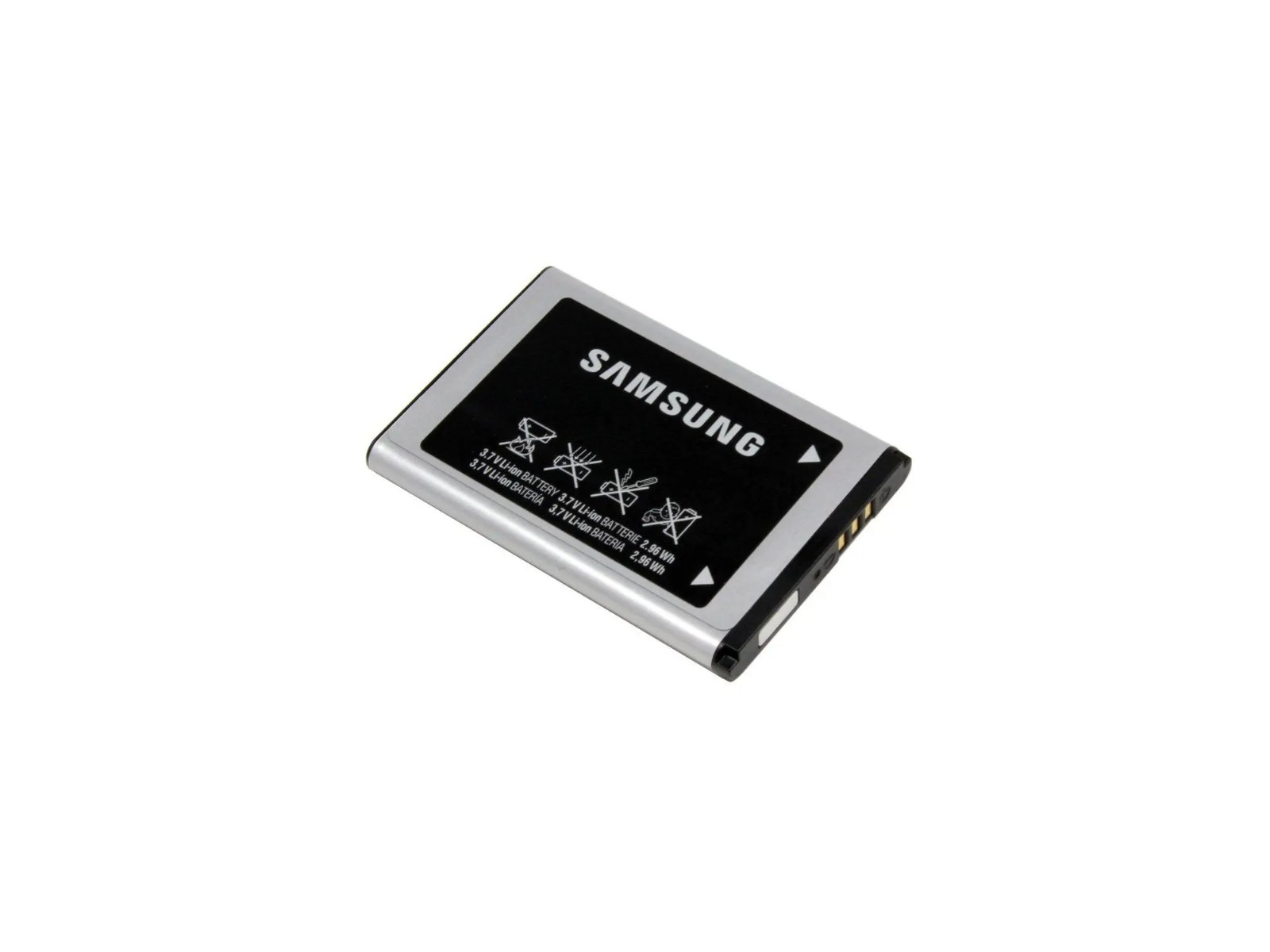
The first one is easier to integrate in the design with its connector, no need for precise placement in the device. On the other hand, the second one requires spring contacts and a modification to the case to hold it in place, but it has higher capacity and is more generally accessible.
So in the end, even if it’s slightly more difficult to integrate, we are going with “AB043446BE-like” because we think it’s the best choice for you the users.
Miscellaneous Updates
We have screens!
A couple weeks ago we received the OLED screens for the PGB-1.
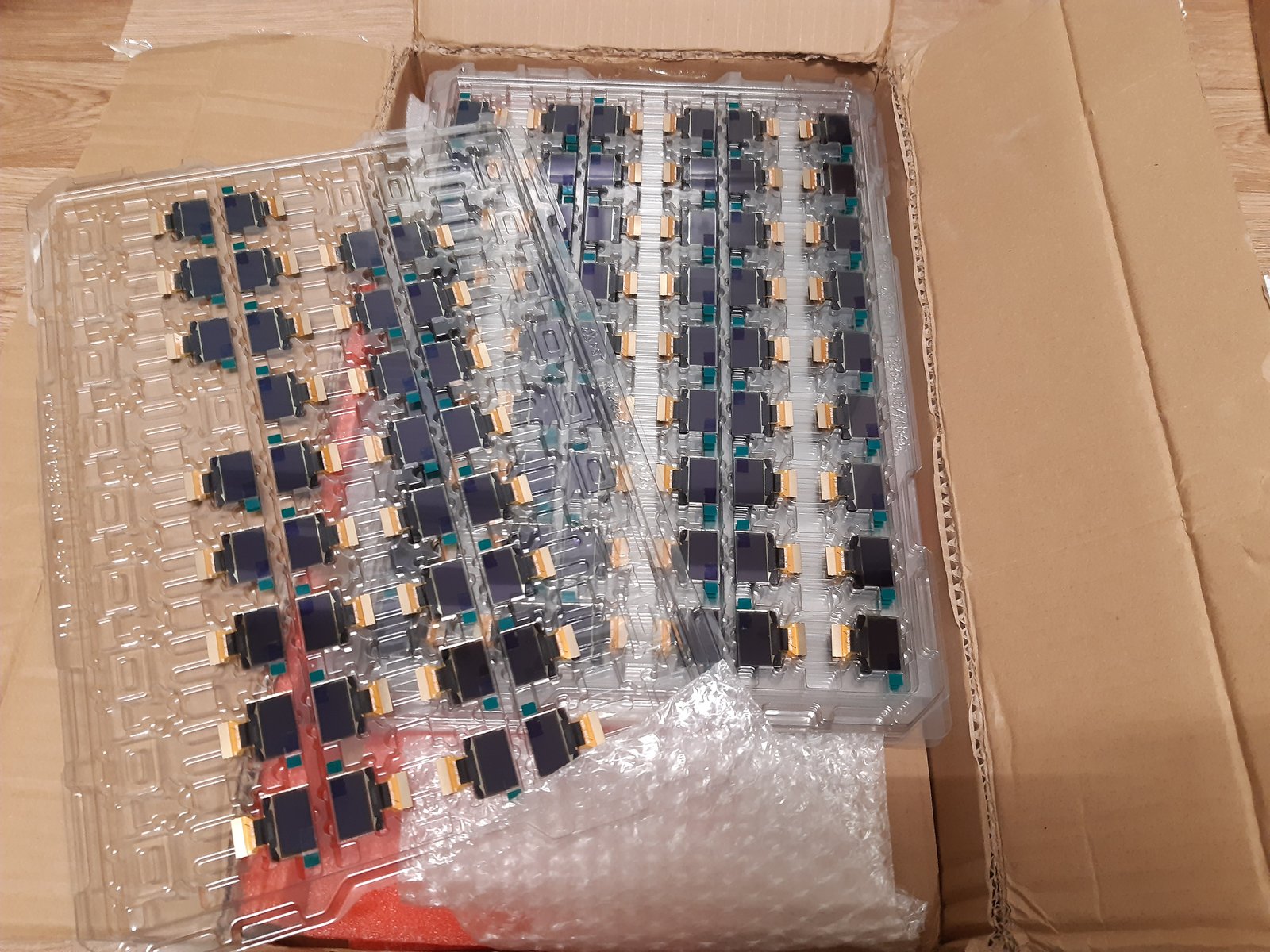
That’s a box full of pixels.
New Noise Nugget design
The audio chip used in previous designs is becoming hard to source (device discontinued), we are switching to a different set of components. This means a little bit extra work to program these new components, but the good news is that the Noise Nugget now has a line level output available on top of headphone and speakers outputs.
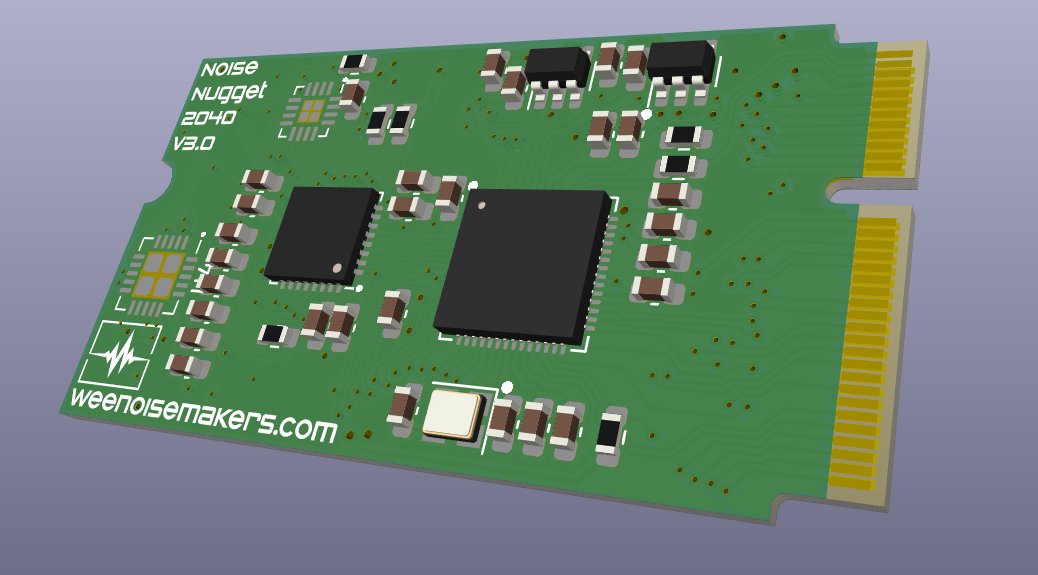
Rubber keypad
We launched the production of a prototype for a rubber keypad. The PGB-1 prototypes so far were using individual plastic key caps. If we can make it happen, the rubber keypad will provide a better feeling. More on that in a future update.
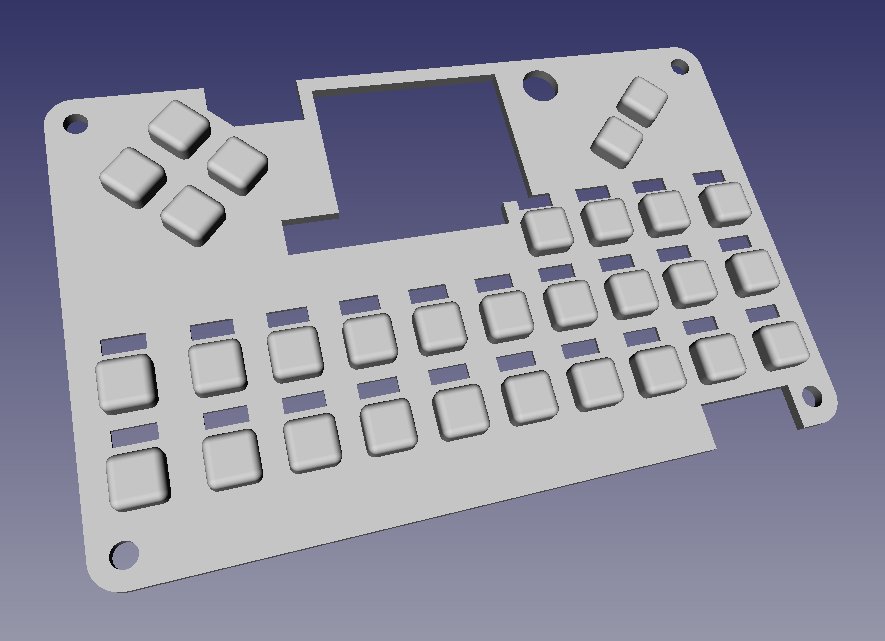
Main board prototype
We also ordered prototypes of the main board and front-panel board. And with that we should be able to build a complete PGB-1 production prototype!
